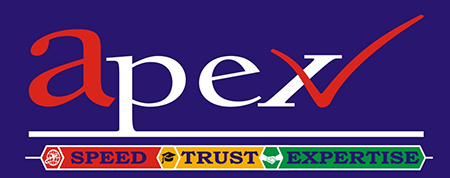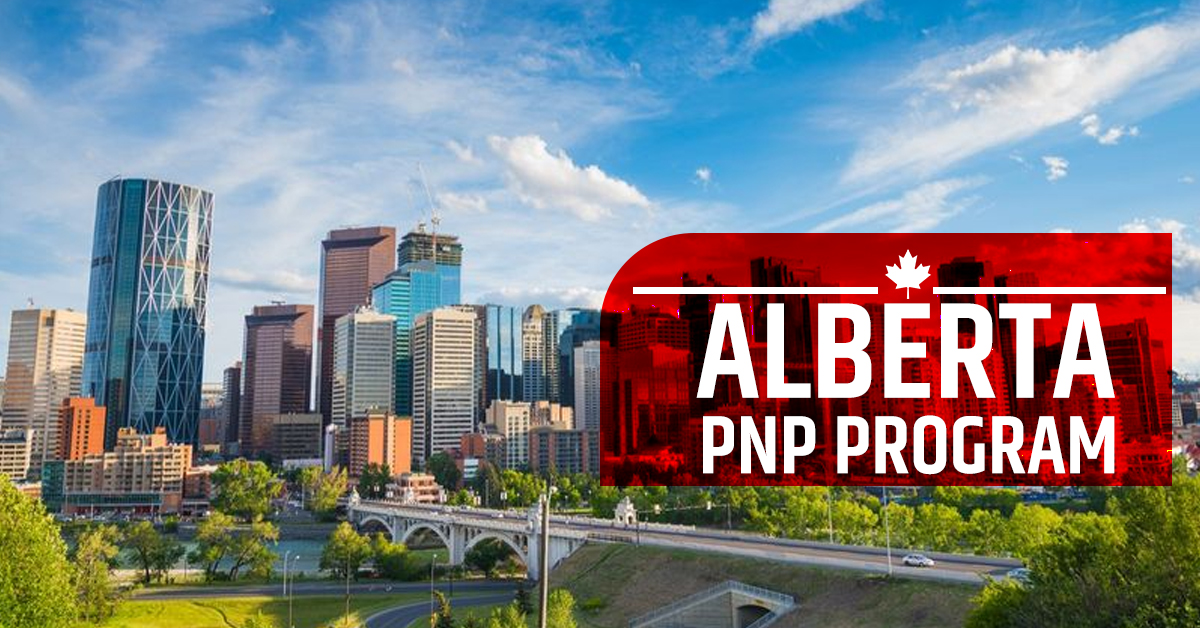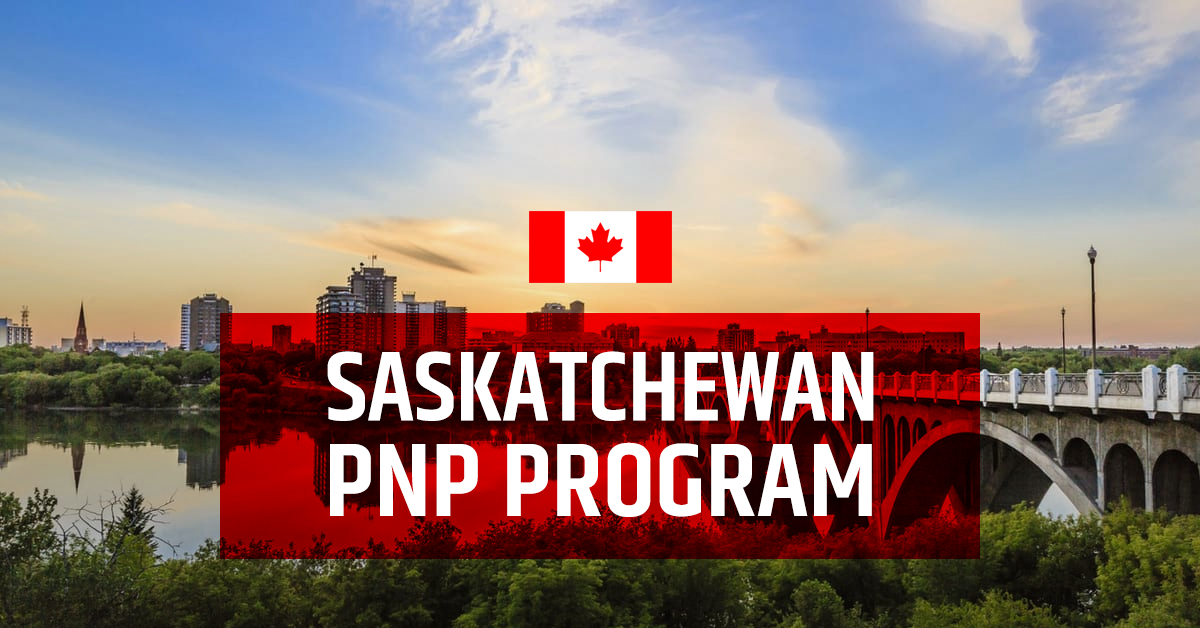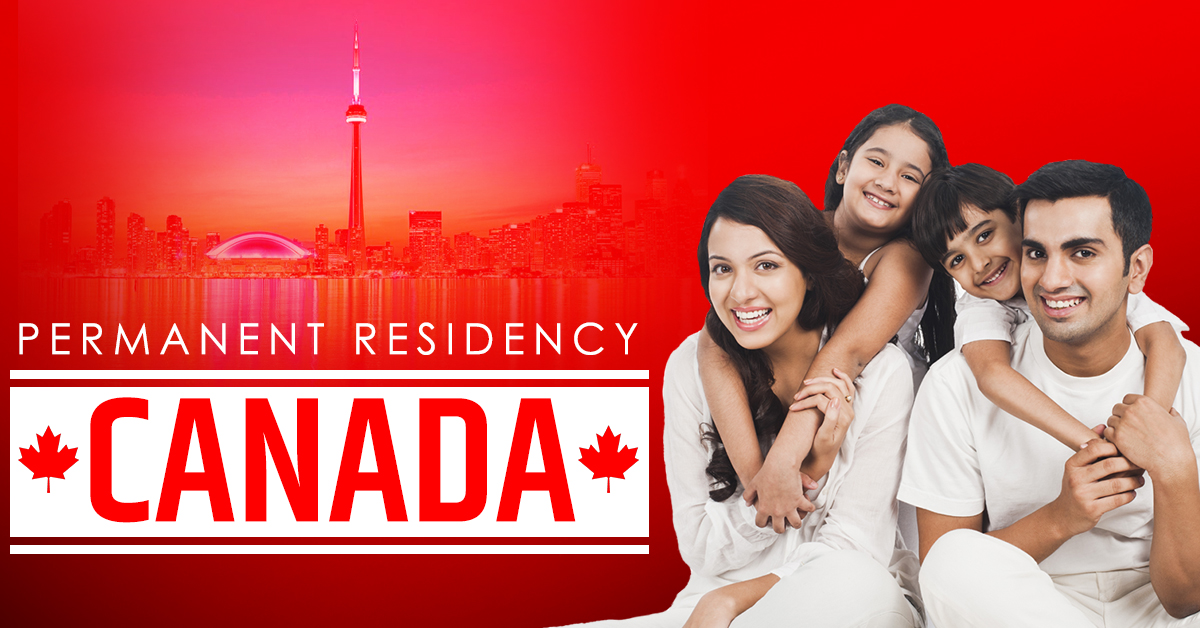Individuals and families around the world can immigrate to Canada within just a few months through the Express Entry immigration selection system. Express Entry introduced in 2015, has become the main part of economic immigration to Canada and one of the most popular immigration systems globally. And its increasing since than.
What is Express Entry Canada?
Express Entry is system used by Immigration, Refugees and Citizenship Canada (IRCC), which manages, processes applications received through Canada’s federal economic immigration programs. Applications are received from eligible candidates who have been invited to apply to immigrate to Canada based on some of the factor like human capital factors, skills, experience, and other factors.
Under Express Entry, (individuals and families) wishing to settle in Canada can become new permanent residents within just a few months.
The latest Express Entry draw took place on November 14, with 3,900 candidates set to receive an invitation to apply (ITA) as a result — the joint-highest number of invitations issued this year. The Comprehensive Ranking System (CRS) cut-off
Express Entry Immigration to canada
Individuals and families around the world can immigrate to Canada within just a few months through the Express Entry immigration selection system. Express Entry, first introduced in 2015, has become the main driver of economic immigration to Canada and one of the most popular immigration systems globally.
Under the 2019-2021 Canada Immigration Levels Plan, the number of new permanent residents admitted through Express Entry over the coming years is set to increase.
How does it (Express Entry) works:
- Potential applicants will need to be eligible under one of the following federal economic immigration programs.
The Federal Skilled Worker Class (FSWC);The Canadian Experience Class (CEC); orThe Federal Skilled Trades Class (FSTC).
A portion of the Provincial Nominee Programs (PNPs) are streamlined through Express Entry, but candidates must be eligible under one of the three federal programs in order to enter the Express Entry pool.
- Eligible individuals may submit an Expression of Interest (EOI). This EOI will be assessed and issued a ranking score to evaluate.
The ranking score for Express Entry is based on the Comprehensive Ranking System (CRS). Under the CRS, candidates are assigned is a score out of 1,200 used to rank federal economic candidates for immigration to Canada. Candidates can improve their rank, and thereby increase their chances of receiving an Invitation to Apply (ITA), by taking steps to improve their CRS score.
It is a ranking system for candidates who are eligible under the FSWC, CEC, or FSTC.
It is designed to project a candidate’s likelihood of being economically successful in Canada. It ranks different candidates based on their career and educational history, language skills, and whether they have already received a qualifying job offer or provincial nomination in Canada, among other factors.
Those candidates with a Labour Market Impact Assessment (LMIA), or another qualifying job offer, are eligible for either 50 or 200 bonus points in the CRS. Provincial nominees can receive 6oo bonus points.
Qualifying job offers used to receive 600 points also, but this was amended in the Express Entry changes of November 2016.
LIVING PLANNING STUDY EMPLOYMENT IMMIGRATION….
Express Entry Immigration to Canada:
Individuals and families around the world can immigrate to Canada within just a few months through the Express Entry immigration selection system. Express Entry, first introduced in 2015, has become the main driver of economic immigration to Canada and one of the most popular immigration systems globally.
Under the 2019-2021 Canada Immigration Levels Plan, the number of new permanent residents admitted through Express Entry over the coming years is set to increase.
How Express Entry works:
- Potential applicants will need to be eligible under one of the following federal economic immigration programs such as:
The Federal Skilled Worker Class (FSWC);The Canadian Experience Class (CEC); orThe Federal Skilled Trades Class (FSTC).
A portion of the Provincial Nominee Programs (PNPs) are streamlined through Express Entry, but candidates must be eligible under one of the three federal programs in order to enter the Express Entry pool.
- Eligible individuals may submit an Expression of Interest (EOI). This EOI will be assessed and issued a ranking score.
The ranking score for Express Entry is based on the Comprehensive Ranking System (CRS). Under the CRS, candidates are assigned is a score out of 1,200 used to rank federal economic candidates for immigration to Canada. Candidates can improve their rank, and thereby increase their chances of receiving an Invitation.
The CRS is not a selection criteria (like that of the one used for the Federal Skilled Worker Class). It is a ranking system for candidates who are eligible under the FSWC, CEC, or FSTC.
The SCRS score is used as a cut-off point in Express Entry draws. It is designed to project a candidate’s likelihood of being economically successful in Canada. It ranks different candidates based on their career and educational history, language skills, and whether they have already received a qualifying job offer or provincial nomination in Canada, among other factors.
Those candidates with a Labour Market Impact Assessment (LMIA), or another qualifying job offer, are eligible for either 50 or 200 bonus points in the CRS. Provincial nominees can receive (6oo bonus points).
- Candidates without a job offer or a provincial nomination may then register in the Canada Job Bank, a free public resource used to help Canadian employers identify and select workers possessing the skills they require. This step used to be mandatory, but now became voluntary as of June 2017.
- Immigration, Refugees and Citizenship Canada (IRCC) conducts Express Entry draws at regular intervals (usually every two weeks). In these Express Entry draws, candidates above a certain rank are invited to apply for Canadian permanent residence. Invited candidates are given 60 days time period to submit an online application for permanent residence, including all supporting documentation.
- Candidates in the pool who have not yet been selected are able to improve their Express Entry profile and score. They can do this by submitting new and updated information. For examples : increased language scores, educational credentials assessments, adding additional work experience, and/or obtaining a qualifying job offer or a provincial nomination.
And for federal skilled trade program :
(Six Selection Factors – Federal Skilled Workers)
Applicants must score 67 points or higher (out of 100) to qualify to immigrate to Canada as a federal skilled worker.
- EDUCATION
- LANGUAGE PROFICIENCY
- AGE
- WORK EXPERIENCE
- ARRANGED EMPLOYMENT
- ADAPTABILITY
Work Outside Quebec :
Quebec has its own skilled immigration program called the Quebec Skilled Trades Program, that is prospective immigrants who are qualified in a skilled trade and wish to work and settle in Quebec are not able to got through the Federal Skilled Trades Program and must instead apply to the relevant authorities in Quebec. The FSTP is only for prospective immigrants who wish to live and work in British Columbia (BC), Alberta (AB), Saskatchewan (SK), Manitoba (MB), Ontario (ON), New Brunswick (NB), Nova Scotia (NS), Prince Edward Island (PEI), Newfoundland (NL), or any of the Canadian territories.
FSTP Cap:(2018)
The maximum cap for the Canada Federal Skilled Trade Program is 3000 successful applicants, but for many of the occupations a maximum sub-cap of 100 is applied. To qualify for the Skilled Trades Program an applicant must first be found eligible through various factors such as job offers, qualifications, language proficiency, and work experience. The employment opportunities are mainly found in the following sectors of the economy.
Eligible occupation categories:
law partner, your dependent children, and their dependent children (your grandchildren).
Spouse means either of the two people (opposite or same sex) who entered into a legal marriage either inside or outside of Canada.
Common-law Partner means either of the two people (opposite or same sex) living in the same house in a conjugal relationship fo1.Industrial
2.Electrical and Construction
3.Maintenance and Equipment operations
4.Agriculture and Production
5.Processing
6.Transport
7.Manufacturing
8.Cooks and Chefs
9.Bakers and Butchers
Federal Skilled Trades Program Eligible Jobs List :
The following occupations, all of which are classified as National Occupational Classification (NOC) Skill Level B, are eligible for the Canada Skilled Trades Program. NOC Skill Type B jobs are skilled trades and technical jobs that typically require a college diploma or apprenticeship training. In general, prospective immigrants who are skilled in trades that are in high demand in Canada, such as welders, electricians, machinists, cooks, carpenters, mechanics and plumbers, are qualified for immigration to Canada through this program. We have listed all the eligible occupations for the Federal Skilled Trades Program Canada below, including the official NOC job code pertaining to each.
DO YOU HAVE SUFFICIENT FUNDS TO APPLY FOR PERMANENT RESIDENCE IN CANADA UNDER THE FEDERAL SKILLED WORKER PROGRAM?
You have to show that you have enough money in your possession to support all of your family members, even if they will not come with you to Canada. This money cannot be borrowed from another person. The amount of money you need is based on the number of family members you have.
FAMILY MEMBERS
For the purpose of a Federal Skilled Worker application, ‘family members’ means the applicant’s spouse or common-law partner, your dependent children, and their dependent children (your grandchildren).
Spouse means either of the two people (opposite or same sex) who entered into a legal marriage either inside or outside of Canada.
Common-law Partner means either of the two people (opposite or same sex) living in the same house in a conjugal relationship for at least one year.
Dependent Children means the children of the applicant or their spouse or common-law partner who are
22 years old or younger and single, or
Financially dependent on the parent since before 22 years old and still in school, or
Financially dependent since before 22 years old due to a medical condition
Refugee G5 sponsership
A Group of Five (G5) is when five or more persons (Canadian citizen or permanent residents) come together to sponsor refugee that lives outside of Canada. This is a fantastic program as it allows refugees to come to Canada and escape the issues they are facing in their current home country. As great as the program may sound unfortunately it is only limited to refugees that are recognized by United Nations Refugee Agency (UNHCR) or a foreign state. What this means the principal applicant must have refugee status (Syrian and Iraqi refugees are exempt from this requirement).
So prior to sponsoring the person from abroad as a refugee make sure UNHCR or the government of the country has confirmed that they meet the definition of refugee. This document given by the foreign state or UNHCR must be submitted with the refugee sponsorship application as it proves they are recognized refugee (photocopy of the document is sufficient).
Also, each G5 must meet the following criteria:
Be a Canadian citizen or Permanent Resident
You must be at least 18 years of age
Live in the community in which the refugee will settle























